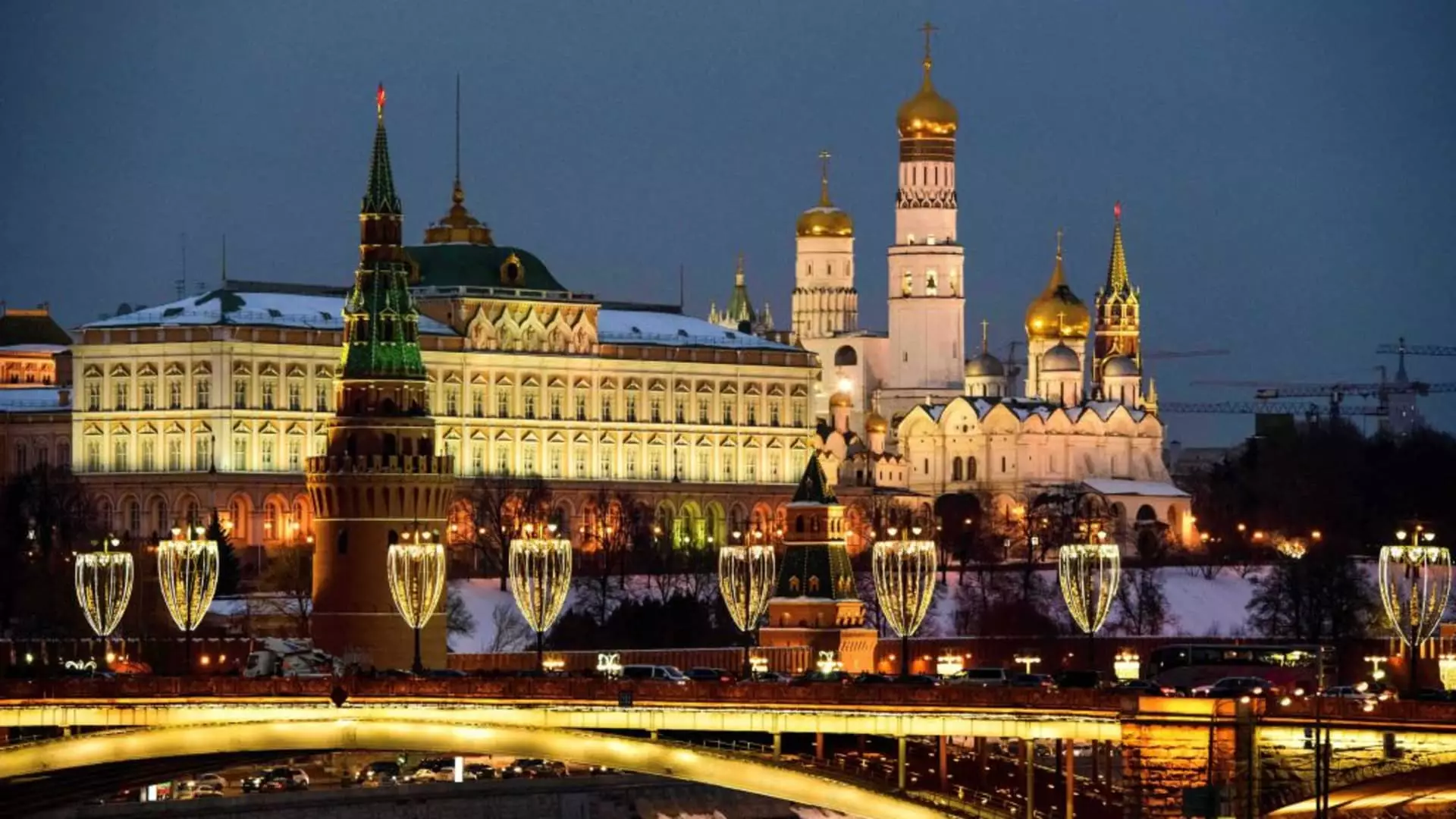The ongoing conflict between Ukraine and Russia has evolved through various phases, marked by strategic offensives and counteroffensives. Recently, tensions escalated with significant events unfolding in the Kursk region, drawing international attention and concern. This article delves into the implications of Ukraine’s latest operations, the geopolitical ramifications, and the strategic responses from both sides.
On August 6, Ukraine commenced a bold ground offensive in the Kursk region, reportedly making substantial territorial gains. The Ukraine army has claimed control of numerous settlements, amounting to over 1,150 square kilometers. However, the conflict has intensified with the use of Western-supplied weaponry, particularly the U.S.-made HIMARS systems. This marks a pivotal shift in the battlefield dynamics, as Ukrainian forces are now employing advanced technology to strike at key infrastructure, including the recent destruction of a bridge over the Seym River, which resulted in tragic casualties among volunteers.
The Russian foreign ministry, through spokesperson Maria Zakharova, underscored the gravity of the situation by labeling the missile strikes as a significant escalation. The loss of civilian life, especially among those engaged in evacuation efforts, raises questions about the humanitarian impact of such military actions. Concurrently, Russia’s Defense Ministry reported that it had repelled Ukrainian attacks in different areas, indicating the fierce fighting and the unyielding nature of the conflict.
Ukrainian military officials, including army chief Oleksandr Syrskyi, have emphasized that the operations in the Kursk region are not merely territorial conquests but are strategically aimed at debilitating Russian logistics and command structures. This approach aligns with President Zelenskyy’s statements regarding the importance of disrupting Russian military capacities. The Ukrainian air forces have been actively targeting logistical networks, signaling a concerted effort to manage not just frontline engagements but also the supporting infrastructure crucial for sustaining operations.
However, analysts caution against overly optimistic interpretations of Ukraine’s gains. Military experts, such as Yohann Michel, have pointed out that despite Ukraine’s incursions, significant Russian advances continue in the eastern regions, particularly towards strategic hubs like Pokrovsk. This indicates a dual-front scenario, where the success in the Kursk region might not significantly affect Russian operations in the Donbas area, thereby complicating Ukraine’s strategic calculations.
International reaction to the conflict has remained a vital factor, with the United States and its NATO allies vocal in their support for Ukraine. The Biden administration claims it can’t allow Russian President Vladimir Putin to achieve his war aims. As such, the deployment of advanced weaponry from the West, particularly in light of recent Ukrainian offensives, underscores a deepening military collaboration aimed at countering Russian aggression.
Nevertheless, Russia’s narrative characterizes the situation as one of existential threat, accusing the West of exacerbating hostilities. The Kremlin has vowed to respond decisively to any perceived escalation. This war of words and military engagements feed into a larger geopolitical rivalry, with the implications extending beyond the immediate conflict zone and influencing global diplomatic relations.
As both sides brace for continued skirmishes, the potential for either side to gain a decisive upper hand remains uncertain. President Zelenskyy asserted Ukraine’s commitment to persistently engage in military actions across various fronts while promising additional support for their troops—a clear indication of Ukraine’s strategy to remain in contention. Simultaneously, the Russian military remains focused on consolidating its gains and might continue its offensive operations in the east.
The next phase of the conflict could hinge on several factors, including the effectiveness of Ukraine’s current offensive, the extent of Western support, and Russia’s ability to adapt its military strategy. A potential stalemate looms, where the pressure on both nations escalates, testing their military, economic, and political resilience. Ultimately, as the situation unfolds, the repercussions will be felt not just regionally but globally, as the implications of this conflict reverberate through international alliances and global security frameworks.


Leave a Reply